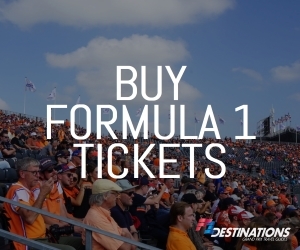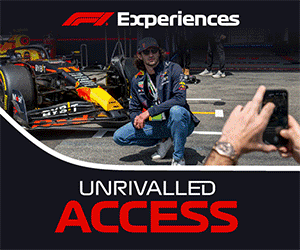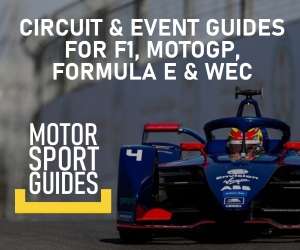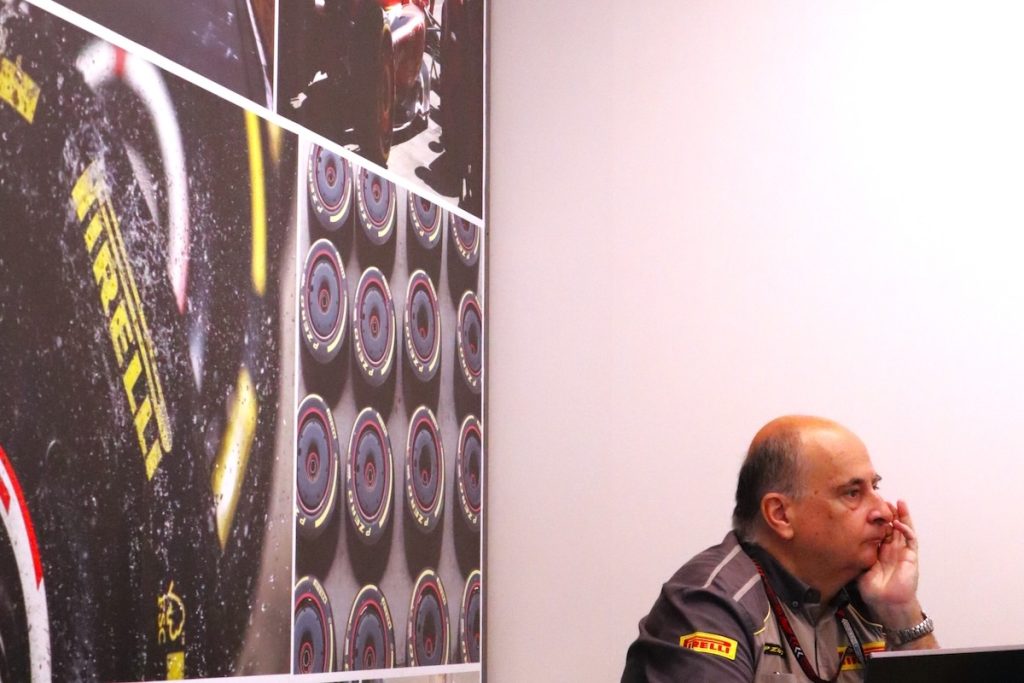
Now handling press duties for Pirelli Motorsport, Luca Colajanni has enjoyed a long career in Formula 1 media, including stints with Ferrari, Marussia and the FIA.
Károly Méhes sat down with Luca Colajanni in the Pirelli motorhome at this year’s Hungarian Grand Prix.
How did all this begin?
As a young boy, I worked on the organizing committee for Italia ‘90 (FIFA World Cup), and got to know the boss, Luca Montezemolo. In November 1991, Montezemolo became President of Ferrari and he invited me to Maranello to do the same job I’d been doing for the World Cup. I built a database of Scuderia Ferrari’s history and stats in Formula 1. A little later, I helped create Ferrari’s first website.
Growing up in Italy, were you always a Ferrari fan?
I was always supporting Ferrari. The first race I remember was the 1976 Japanese Grand Prix, which I got up early to watch. Lauda was definitely my hero, then later Gilles Villeneuve. I remember exactly when he died, and it was really a shock. If I had to rank the sports I love, it would be football, followed by Formula 1 and then tennis. I’ve been lucky to have worked within all these sports during my career, in different capacities.
You started full time in Scuderia Ferrari’s press department in 2000. What was your main role?
After the turbulent 1999 season [when Schumacher broke his foot, missing seven races, and Irvine missed out on the drivers’ title by two points], Montezemolo reorganized the press department and I became responsible for all the written content leaving the Ferrari press office. This was the moment I started to go to races, my first one was the 2000 Australian Grand Prix. Less than two years later, in November 2001, I was appointed head of the press office. It was a role I held for more than 10 years.
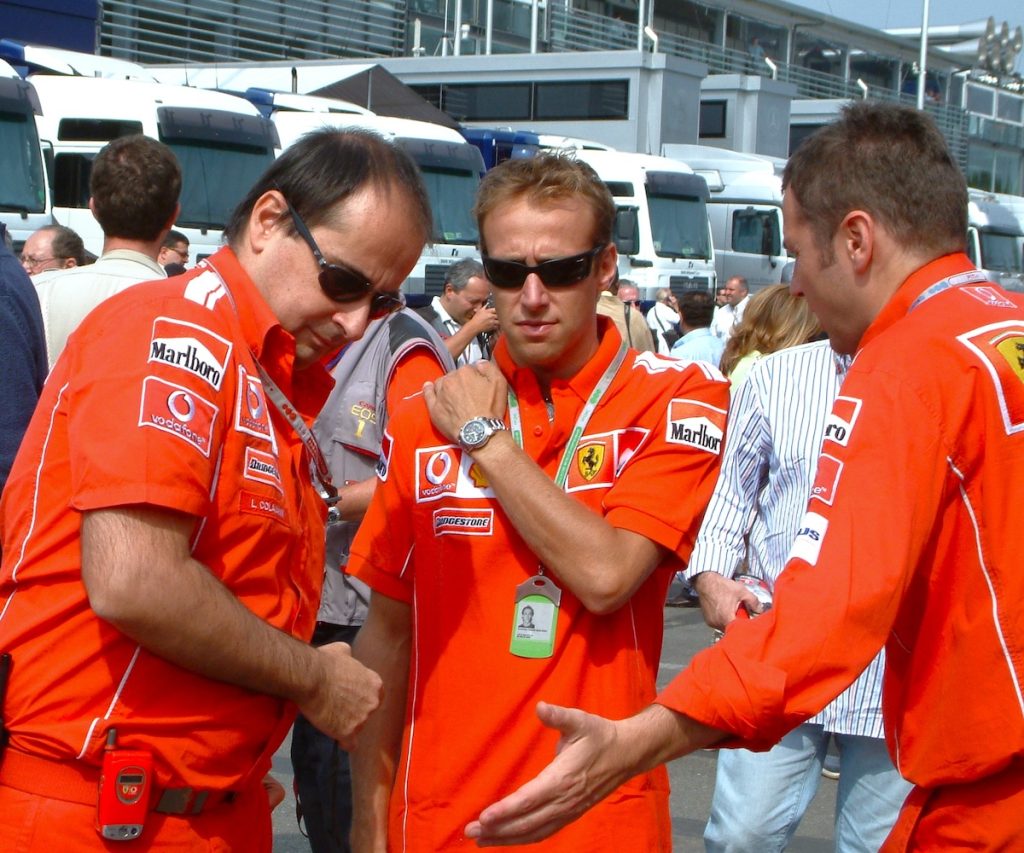
It was a golden era for Ferrari with Michael Schumacher winning five consecutive titles from 2000-2004. What is the most memorable moment for you?
I would say one of them was the 2003 Japanese Grand Prix [when Ferrari clinched both drivers’ and constructors’ trophies]. The wins at Monza were always wonderful!
What I loved above all, was that I was part of something exceptional. I was lucky to work with exceptional people. Jean Todt and Michael Schumacher, especially. Todt didn’t teach me in a direct way, but he led by example. His attention to detail, the continuous push to improve and for us to always work together as a team. Of course, it wasn’t always easy with him. The same with Michael. Both protected themselves from the outside world and were naturally wary of people. But the moment they felt like they could trust you, their guard came down. And it was nice to be close to them.
This was the greatest positive memory of my time at Ferrari. And of course, Formula 1 is a bit like a drug. Everyone loves the environment and the on-track competition.
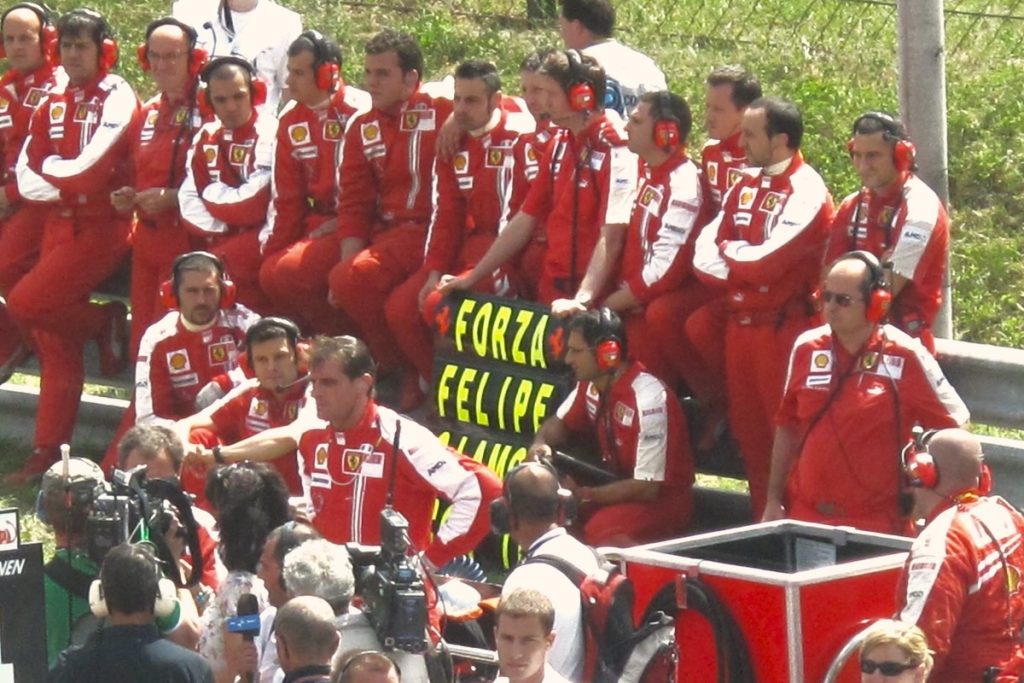
In 2009, Felipe Massa had a serious accident at the Hungaroring, sustaining serious head injuries after his helmet was struck by debris. How did you respond in your role as a press officer?
We had a procedure for these circumstances. I remember that day vividly. I went to the medical center with Stefano Domenicali [then Team principal of Ferrari], Nicolas Todt [Felipe’s Manager], Dudù [Felipe’s brother] and Gino Rosato [head of logistics and security at Ferrari at the time]. And as we went back to the garage, they gave me Felipe’s steering wheel, which was covered in blood. That night I stayed at the track as a point of reference for the media, while Stefano went to the hospital to be close to Felipe. The first hours were very tough but after that, there was some relief when it became clear that Felipe’s life was not in danger.
From Sunday night my working place became the hospital, as there were dozens of media waiting for updates. I stayed there till Wednesday. We had visits from Felipe’s pregnant wife and Luca Montezemolo. It wasn’t easy but we managed to handle it properly.
Looking at your current role, what is the biggest difference between working for one team and working now with Pirelli, where all the teams are your clients?
I was lucky during my motorsport career to work in many different environments, mainly within F1. After Ferrari I worked with the small Marussia team at the other end of the paddock. Then I had a spell with Formula E, FIA and F1 Management.
When I was asked if I was interested in taking this role with Pirelli Motorsport, I said yes because it gave me the opportunity to look at the sport from a different point of view, as a technical partner for the teams. It’s different to what I’ve done before but so far enjoyable, though I do miss being more involved in the competitive side of the sport. From this position, I can have a wider understanding of the competitive order. Since I’m still passionate about Formula 1, it is very enjoyable.
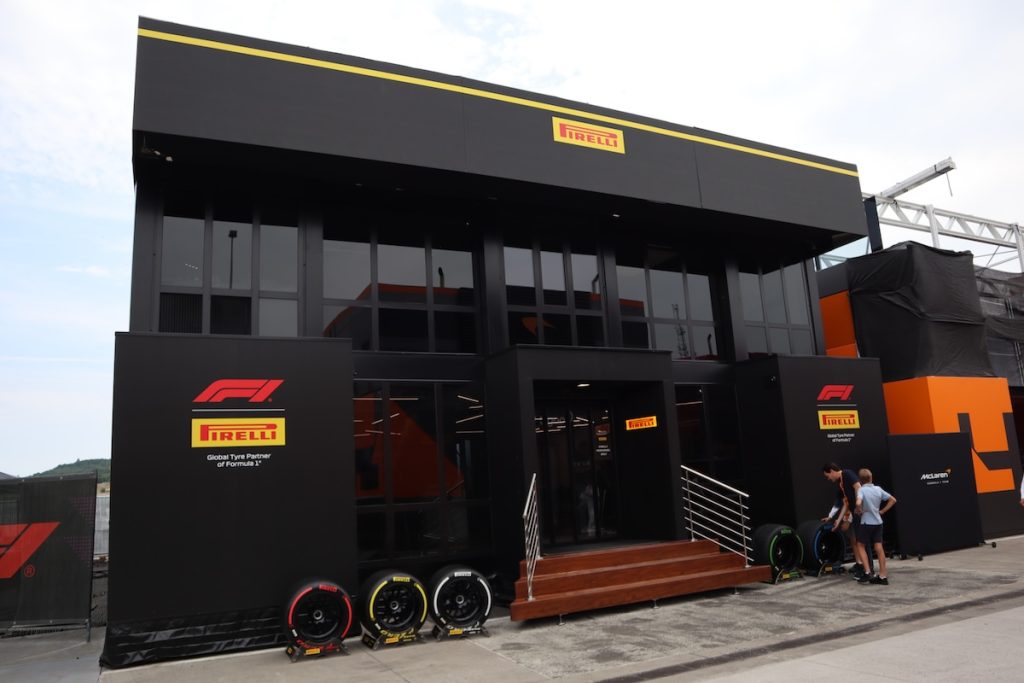
What is your daily routine on the track after arriving in the paddock?
Well, Thursday is in a way mainly like being at home in my office. From Friday onwards, we are following the action on the track, not only Formula 1. Together with my colleague, Davide Casati, we manage different media requests across the weekend for Pirelli. This year, we also started working on a new website, The Racing Spot, producing content for fans and the media. Most of the content we produce is related to tyres, but not always obviously. We like to approach the topic from different angles.
How do you personally rank the Hungarian Grand Prix?
I like the event, though 2009 was not very pleasant, as we discussed earlier. The Hungaroring is a track that normally produces exciting races. It’s also great for spectating. You can see the cars running on different parts of the track at the same time.

